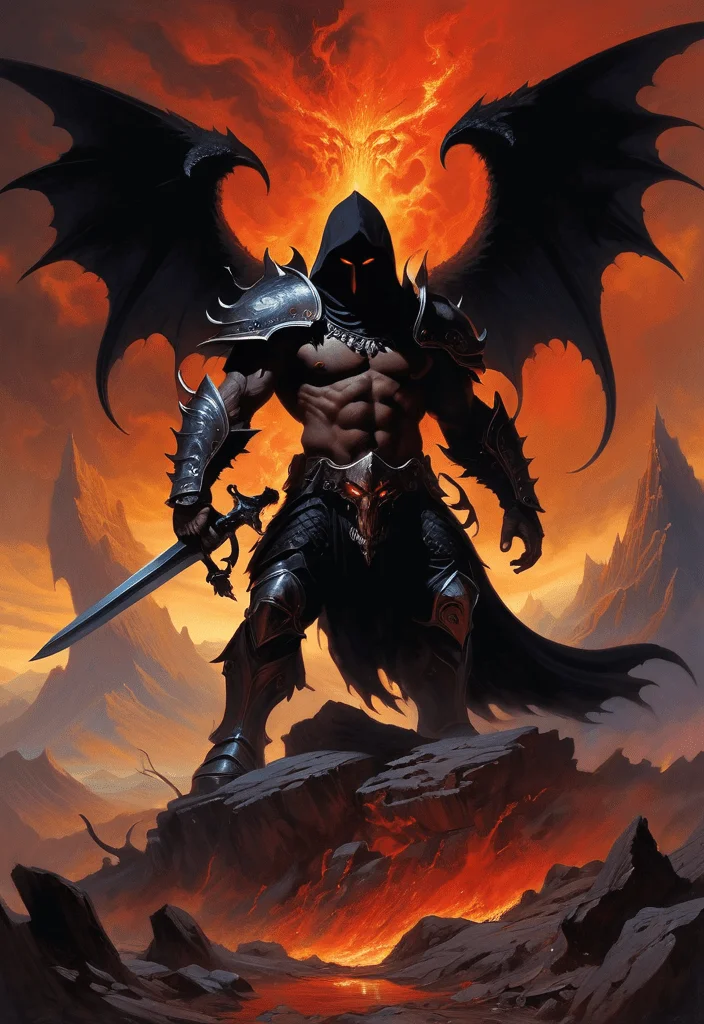Dreapic: Revolutionizing Art Creation with Free AI-Powered Tools
In the rapidly evolving landscape of digital art, Dreapic emerges as a game-changing free AI art generator, empowering creators of all skill levels to bring their imaginations to life. This innovative platform harnesses the power of artificial intelligence to transform text prompts into stunning visual masterpieces, democratizing the art creation process like never before.
Understanding AI in Art Generation
Artificial Intelligence, particularly in the realm of image generation, relies on sophisticated machine learning models trained on vast datasets of images and text. These models, such as the ones employed by Dreapic, use advanced algorithms to understand the relationships between words and visual elements, enabling them to generate images that correspond to textual descriptions.
The AI behind Dreapic utilizes a technique called diffusion models, which gradually refines noise into coherent images based on the input prompts. This process allows for the creation of highly detailed and contextually relevant artwork, often surprising users with its creativity and accuracy.
Key Features of Dreapic
- User-friendly interface for easy prompt input
- High-resolution image output suitable for various applications
- Diverse style options to cater to different artistic preferences
- Rapid generation speed for quick iterations
- Free access to powerful AI art creation tools
Practical Applications of AI-Generated Art
The versatility of Dreapic's AI art generator extends far beyond casual creativity. Professionals across various industries are finding innovative ways to incorporate AI-generated art into their work:
- Graphic designers use it for rapid prototyping and concept visualization
- Marketing teams leverage it for creating unique social media content
- Game developers employ it for generating assets and inspiration for world-building
- Authors utilize it for book cover designs and character illustrations
- Educators incorporate it into lessons to spark creativity and discuss AI ethics
Tips for Crafting Effective Prompts
To get the most out of Dreapic's AI art generator, consider these tips when crafting your prompts:
- Be specific with details, including colors, textures, and styles
- Experiment with different artistic terms and techniques
- Use descriptive adjectives to convey mood and atmosphere
- Combine unexpected elements for unique and surreal results
- Iterate on successful prompts by making small adjustments
The Future of AI in Art Creation
As AI technology continues to advance, tools like Dreapic are poised to play an increasingly significant role in the creative process. While some may express concerns about AI replacing human artists, many in the field view it as a powerful tool that enhances human creativity rather than supplanting it.
The accessibility of free AI art generators like Dreapic is democratizing art creation, allowing individuals without traditional artistic training to express themselves visually. This democratization has the potential to diversify the art world, bringing fresh perspectives and ideas to the forefront.
Stable Diffusion Prompt Guide
Dreapic, like many AI art generators, uses stable diffusion technology. Crafting effective prompts for stable diffusion models is key to achieving the desired results. Here's a comprehensive guide to help you create powerful prompts:
1. Structure Your Prompt
A well-structured prompt typically follows this format: [Subject], [Action/State], [Setting], [Lighting], [Style], [Additional Details]. For example: "A majestic lion, roaring, on a cliff at sunset, dramatic lighting, oil painting style, hyper-realistic details."
2. Use Descriptive Language
Incorporate vivid adjectives and specific nouns. Instead of "car," try "vintage 1960s Chevrolet Corvette." The more precise your language, the better the AI can interpret your vision.
3. Specify Art Styles
Mention specific art styles or artists for inspiration. For instance, "in the style of Van Gogh" or "cyberpunk aesthetic" can dramatically influence the output.
4. Control Composition
Use terms like "close-up," "wide-angle," or "bird's-eye view" to guide the composition. You can also specify focal points, e.g., "focus on the eyes."
5. Emphasize with Repetition
Repeating important elements can increase their prominence. For example, "Vibrant colors, very vibrant, extremely colorful" emphasizes the vibrancy.
6. Experiment with Weights
Some AI models allow you to assign weights to prompt elements. For instance, "(red roses:1.5)" gives more importance to red roses in the image.
7. Combine Concepts
Don't be afraid to mix different ideas. "Steampunk butterfly in a cyberpunk city" can yield interesting results.
8. Use Negative Prompts
Some systems allow negative prompts to specify what you don't want. For example, "No text, no humans" can help refine your results.
9. Consider Technical Aspects
Including terms like "4K," "high-resolution," or "detailed" can enhance the quality of the output.
10. Iterate and Refine
Don't expect perfect results on the first try. Use initial outputs to refine your prompt, adjusting elements until you achieve your desired image.
Remember, the key to mastering stable diffusion prompts is practice and experimentation. Each AI model may have slight differences in how it interprets prompts, so don't be afraid to try different approaches and learn from each generation.























